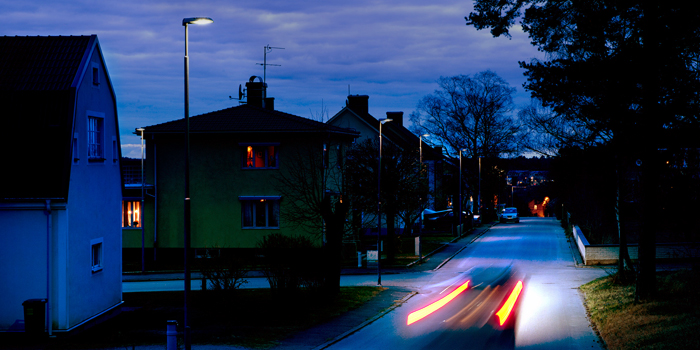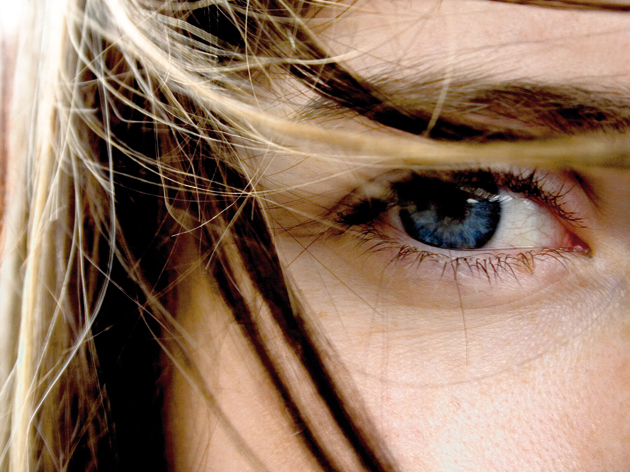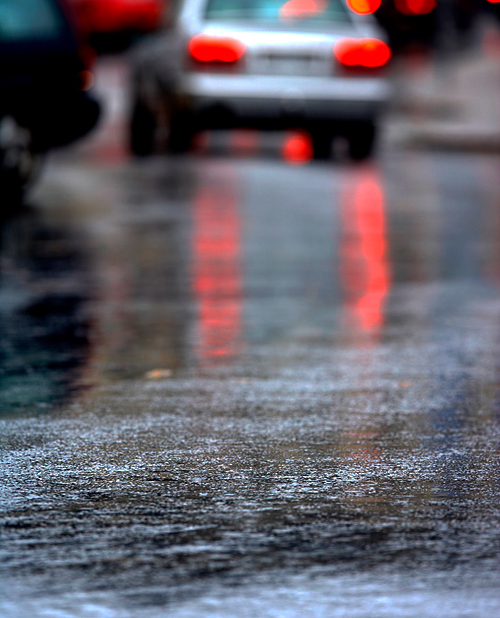
Light saves lives
For safety on our streets or roads is it important to have good road lighting. Good lighting allows drivers and pedestrians to see contrasts, colours, shapes and peripheral movements better – to identify hazards and assess risks in time.
White light is perceived by the eye as more natural light and presents both colours and shapes in our surroundings significantly better than old-fashioned amber light. With better colour reproduction, it is easier to see things in the dark.
Our eyes
There are different kinds of light-sensitive receptors inside our eyes. Two of them are called cones and rods. The cones sit in yellow patches and are responsible for our perception of colour and detail, and they need light to work well. This is why we find it more difficult to discern contours and colours in the darkness. The rods are very light-sensitive and are instead responsible for our vision in the darkness and what we can see in the periphery.

As we get older, both our ability to react and our sight deteriorate. A 40-year-old, for example, needs four times as much light to be able to see as well as a 20-year-old. A 60-year-old needs eight times as much light. Older drivers are also more sensitive to glare and their colour vision may have deteriorated due to the eye’s crystalline lens yellowing with age. With an ageing population, it is even more important to have well lit roads with whiter light to prevent accidents.
It is important to plan road lighting so that luminance on the road surface is as good as possible while also considering luminance uniformity in wet conditions.
Wet roads

Our vision is at its worst and our need for street lighting is at its greatest when it is dark and wet outside. The uniformity of the light is one of the most important quality aspects for a safe environment. The uniformity of the reflection from the road surface is affected for M-class lighting, and this deteriorates further in wet conditions.
The starting point for our lighting calculations is therefore to select optics adapted for wet conditions. Optics providing the best uniformity when conditions are at their worst.
A uniformly lit road facilitates control of what happens on and at the side of the road. Similarly, the amount of ambient light is important for seeing what is happening off the road. If there is too little ambient light, the uniformity on e.g. bends will be affected.
Lighting solutions should also interact with the light in the area. Considering the big picture and not only the area to be lit is therefore important. The way in which we use lighting outdoors is affected by conflict points such as junctions, roundabouts and pedestrian crossings. We need the right lighting in the right place – when it is needed.